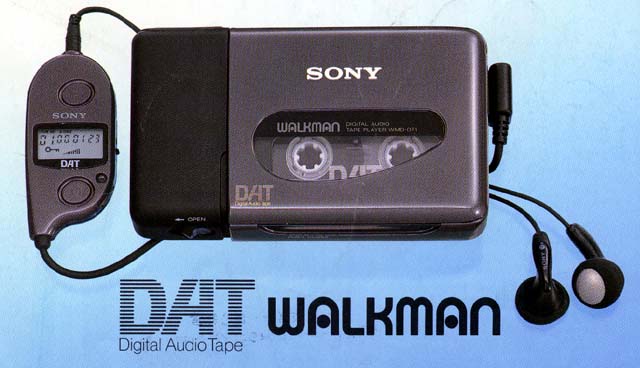Punter
Active Member
- Joined
- Jul 19, 2022
- Messages
- 190
- Likes
- 1,019
DAT was a flop because the tapes were so fragile and the mech in the machine was basically a scaled down Beta video transport (extra head wrap noticeable). In professional settings, it was OK for archiving but once again, the Japanese obsession with miniaturization meant that the tapes wouldn't stand constant use. MiniDisc was worse. Lossy compression and the re-writable discs would eventually fail as the TOC got written over and over again as you changed the contents of the disc. Eventually the photo reactive ink broke down and then everything on the disc was GONE! I remember an ashen faced production manager telling me that his main disc wouldn't read and it was filled with all this irreplaceable material! We managed to find a single, almost unused Tascam machine in a utility studio which could read the almost non-existent TOC. We dubbed off all the material onto a hard drive and after the prod manager got through all his precious discs we dispensed with MiniDisc altogether.

